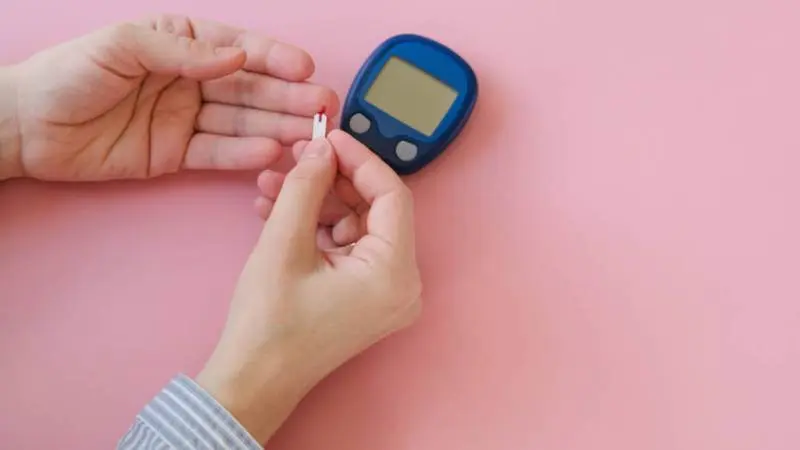Diabetes is a metabolic disease that affects millions of people worldwide this chronic condition occurs when the body cannot produce enough insulin, the hormone that helps regulate blood sugar levels, or when it cannot effectively use the insulin it produces. There are several types of diabetes, the most common being Type 1 and Type 2 diabetes.
In the early stages, diabetes can often go undetected as the symptoms can be mild and easily overlooked. Understanding and recognizing the early symptoms of diabetes can help ensure prompt diagnosis and treatment, which is crucial in managing the disease and preventing complications.
1. Excessive Thirst and Frequent Urination
One of the most common early signs of diabetes is polyuria, or increased urination, often accompanied by polydipsia, or excessive thirst. When you have diabetes, excess sugar builds up in your bloodstream.
The kidneys work harder to filter and absorb this excess sugar. However, if they can’t keep up, the excess sugar is excreted through urination. This leads to more frequent urination and in turn, increased thirst as the body seeks to replace lost fluids.
2. Increased Hunger
Another early sign of diabetes is polyphagia, or increased hunger. In a normally functioning body, the pancreas releases insulin to help the body store and use the sugar from the food you eat.
If your body doesn’t produce enough insulin or has become resistant to its effects, the glucose doesn’t enter the cells properly to provide energy this can leave you feeling hungry, even if you’ve just eaten.
3. Fatigue
This symptom is associated with both the lack of sugar entering the body’s cells and the frequent urination that can interrupt sleep. When your cells are deprived of sugar, it can lead to a feeling of fatigue and lethargy. In addition, if you are waking up frequently in the night to urinate, you may not be getting the restful sleep you need, leading to tiredness during the day.
4. Blurred Vision
High levels of blood sugar can cause the lens in the eye to swell, altering your ability to see and leading to blurred vision. This symptom often resolves once blood sugar levels are managed effectively. However, prolonged periods of high blood sugar can damage the eyes, leading to diabetic retinopathy, a serious condition that can cause blindness.
5. Slow Healing Sores or Frequent Infections
High blood sugar levels can impact your body’s natural healing process and its ability to resist infections. This is why people with diabetes may notice that sores and cuts take longer to heal than usual. Women with diabetes may also experience frequent yeast infections or urinary tract infections.
6. Unexplained Weight Loss
Despite eating more than usual to relieve hunger, you may lose weight without the ability to metabolize glucose, the body uses alternative fuels stored in muscle and fat this can lead to weight loss. In cases of Type 1 diabetes, unexplained weight loss can be more dramatic.
7. Areas of Darkened Skin
This condition, known as acanthosis nigricans, is a sign of insulin resistance it is characterized by dark, velvety patches of skin in areas of the body where there are folds or creases, such as the armpits, groin, and neck.
8. Tingling, Pain, or Numbness in Hands or Feet
Over time, high blood sugar levels can lead to a type of nerve damage called diabetic neuropathy early symptoms can include tingling, pain, or numbness in the hands and feet. This symptom is more commonly seen in people who have had diabetes for some time but can occur in the early stages as well.
Recognizing these symptoms is crucial for early detection and treatment of diabetes. It’s important to remember that many people with Type 2 diabetes have few to no discernable symptoms.
Regular check-ups and blood tests can help catch this condition in the early stages. If you or someone you know is experiencing one or more of these symptoms, a consultation with a healthcare professional is advised.
Remember, while diabetes is a serious and chronic disease, with the right treatment plan, people with diabetes can lead healthy and active lives. Effective diabetes management involves a combination of lifestyle changes such as a balanced diet, regular physical activity, and medication if prescribed by a healthcare provider.
In conclusion, the early signs of diabetes often go unnoticed. The condition can silently damage the body before major symptoms begin to show. T
hat’s why knowing what to look for is so vital. Early diagnosis and treatment can help prevent more serious complications down the line and ensure better long-term health outcomes for those living with this condition.




